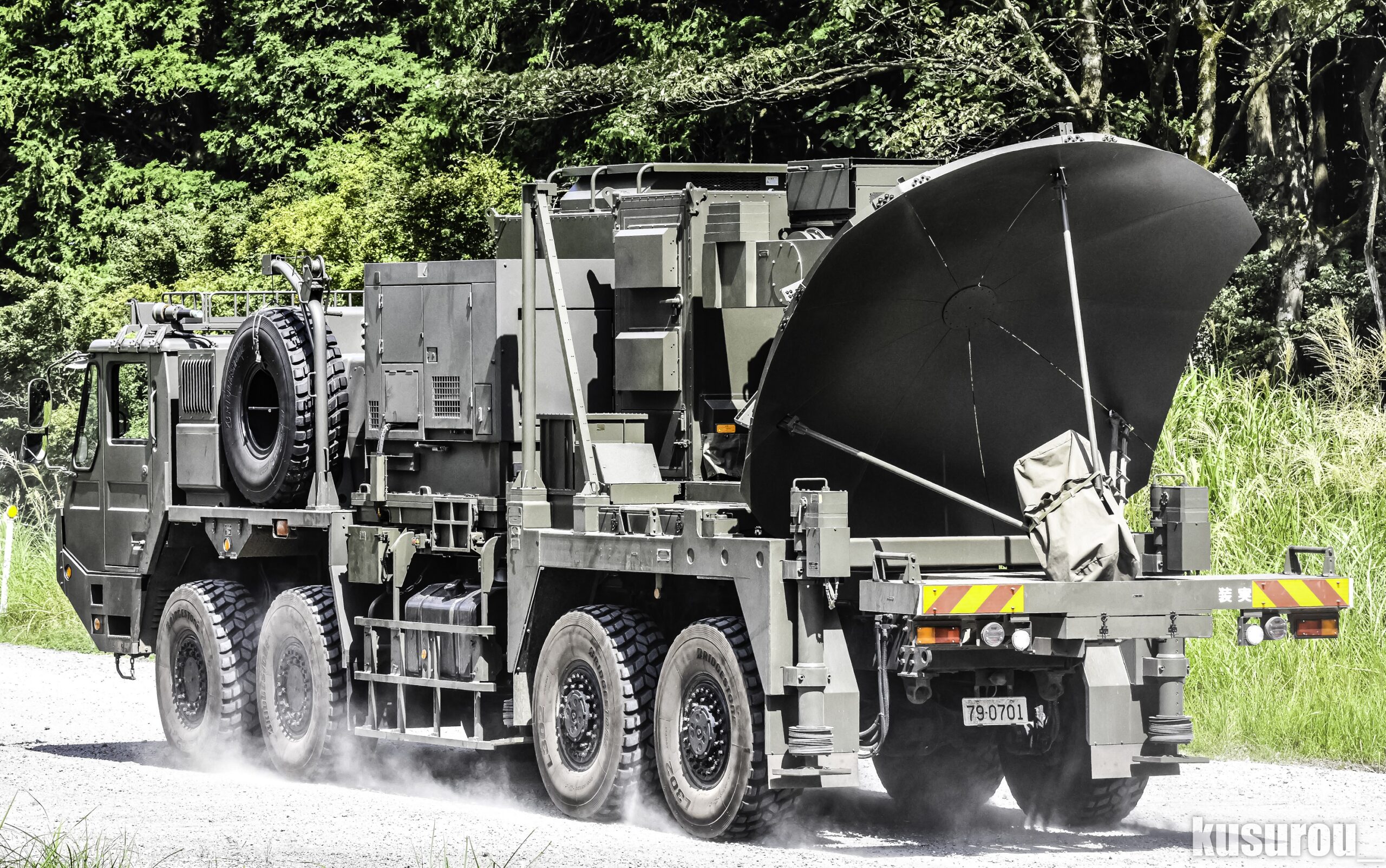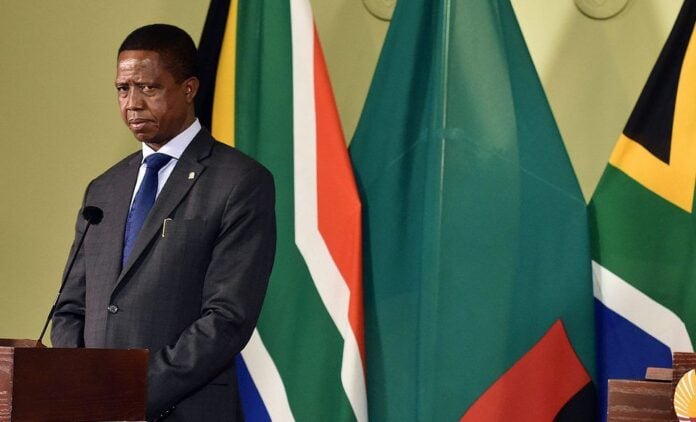By Daisuke Sato
Copyright defence-blog

Japan’s Ministry of Defense has confirmed plans to station new electronic warfare units in Okinawa and Kumamoto, aiming to enhance deterrence in the country’s southwestern region amid growing regional tensions. According to Defense Minister Gen Nakatani, speaking at a press conference following a cabinet meeting on September 16, the new units will be deployed to the Japan Ground Self-Defense Force (JGSDF) garrisons at Yonaguni and Kengun. The units are expected to be in place by fiscal year 2026. In a statement during the briefing, Nakatani said the mission of the new electronic warfare (EW) units is to “disrupt radar and other systems used by enemy air forces in the event of an armed conflict.” The defense minister emphasized that the deployments are part of a broader strategy to strengthen deterrence and response capability in the Nansei (Southwest) Islands chain. Yonaguni, located at Japan’s westernmost edge just over 100 kilometers from Taiwan, has grown in strategic importance for Tokyo’s defense posture. By deploying an EW unit to this location, Japan seeks to secure early operational advantage through “suppression from the western frontier,” the ministry said. The EW teams will be tasked with targeting radar emissions, disrupting enemy air operations, and supporting the Self-Defense Forces’ early-stage response to any incursion across the East China Sea. The Defense Ministry considers these new deployments a foundational part of its strategy to maintain control over key air and maritime approaches in the region. In recent years, the Ministry of Defense has accelerated efforts to reinforce its southwestern defenses, including deploying anti-ship missiles and air defense systems to remote islands. The planned electronic warfare units will add a new dimension to these layered capabilities, enabling the JGSDF to interfere with enemy command and control networks before kinetic action occurs. The decision to station one of the units in Kengun, located in Kumamoto Prefecture on Kyushu, further reflects Japan’s shift toward distributed defense infrastructure and rapid-response capability. Defense officials said the Kumamoto unit will provide a backup EW presence, as well as support coordination and training across the region. Tokyo’s move comes as concerns continue to grow over China’s military activity near Taiwan and across the East China Sea. Japanese officials have repeatedly emphasized the importance of strengthening early warning and rapid-response assets in areas closest to potential conflict zones.



